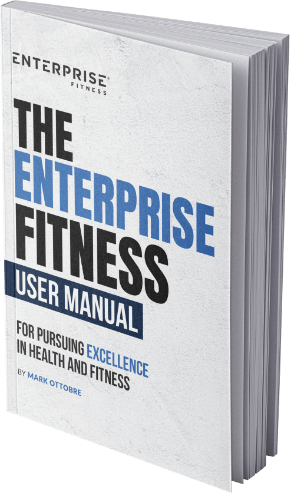|
eClass 1
Overhead Squat
|
eClass 2
Klatt Test
|
eClass 3
Backbend
|
eClass 4
Bodyweight Squat
|

© 2025 – Enterprise Fitness Academy | Privacy | Terms of Use | Sitemap

Grab my battle-plan to find out
We will only send you awesome stuff!

Get an exclusive look at the Enterprise Diet with a FREE chapter.
We will only send you awesome stuff!

Build a compelling portfolio showcasing your best work and gather strong testimonials from satisfied clients.
We will only send you awesome stuff!

Get an exclusive copy of the Enterprise Fitness User Manual
We will only send you awesome stuff!


Your email is safe. Read our Privacy Policy
Fill in your details below



Privacy Policy
Enterprise Fitness – Data collection and privacy policy
Thank you for visiting Enterprise Fitness, located in Richmond, Victoria.
We respect and protect the privacy of our website users and clients.
We act in accordance the Privacy Act 1988 (Cth).
This policy tells you how we collect and use information.
Data Collection
We only collect the Personal Information or additional information necessary to provide the service or goods you require. “Personal Information” means any information from which your identity is known or can be reasonably ascertained.
Website
We do not collect Personal Information about you when you visit our website.
You can use the website without telling us who you are or revealing other Personal Information.
If you send us a contact or feedback form we will collect Personal Information. If you contact us we will collect the email address you nominate and any other identifying information you provide, such as a name or phone number. You consent to us contacting you by providing that Personal Information.
Clients
We also collect Personal Information about you when you commence training with us as a client. This may include additional information about you, such as your training history, health etc.
When we collect Personal Information or additional information we will treat it in accordance with our privacy policy.
Privacy policy
Access to your Personal Information or additional information is restricted to staff who need it to provide benefits or services to you.
We train our staff about the importance of confidentiality and maintaining the privacy and security of your information.
We do not share Personal Information with other entities unless you request us to, we ask you first or required by law to share.
We may share anonymised data, such as your server location, with other entities. We collect this data by using Cookies (which are small files that are stored on your computer or mobile device). We use Cookies to record how many times you have visited our website and which parts of our website you have visited. Cookies can be used to provide you with information that you are interested in. By using our website, you consent to the processing of data about you by Google in the the way described in Google’s Privacy Policy.
If you ask us about an issue that needs to be dealt with by another entity, we will treat your Personal Information confidentially and request any other entity to do the same. We are not responsible for what other entities do however.
How we deal with complaints and requests
You may request access to Personal Information about you that we hold. You may ask us to correct your Personal Information if it is not accurate, up-to-date or incomplete.
You may make a complaint about our handling of your Personal Information.
To protect your privacy, we will require evidence of your identity before we can give you access to information about you or change it.
You can contact us by email, or send your request or complaint to the postal address below. We undertake to respond within 30 days.
If the request or complaint will take longer to resolve, we will provide you with a date by which we expect to respond.
Contact us
Privacy Manager
Enterprise Fitness
381 Swan Street
Richmond Victoria 3121
Australia
